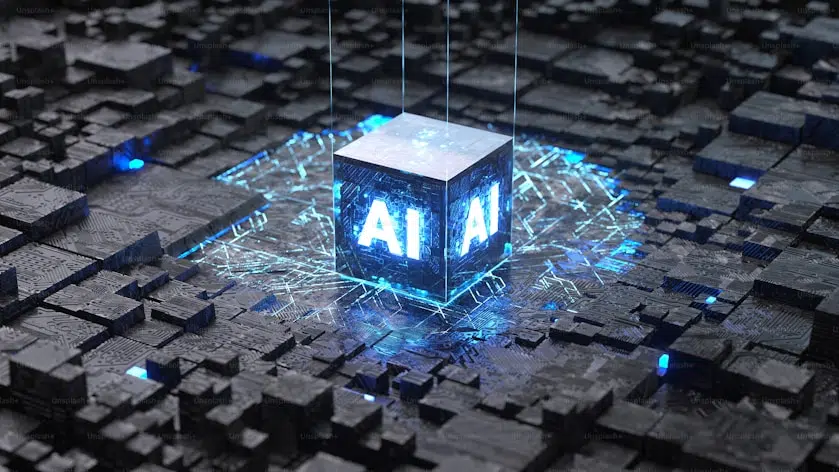AI Revolution in Merger Control: Transforming the M&A Landscape
Mohammad Moattar, CTO – 3 min read
The merger and acquisition landscape is undergoing a profound transformation driven by artificial intelligence. Traditional merger control processes—characterized by labor-intensive document reviews, manual compliance checks, and time-consuming regulatory assessments—are being reimagined through the lens of advanced AI capabilities

The Traditional Merger Control Challenge
Merger control has traditionally been one of the most resource-intensive aspects of M&A transactions. Legal teams face immense pressure to review thousands of documents, assess regulatory implications across multiple jurisdictions, and identify potential competition concerns—all while working against tight deadlines and high stakes.
This process typically involves:
- Manual review of vast document repositories
- Complex market share analyses across multiple product segments
- Detailed assessment of competitive dynamics
- Coordination with multiple regulatory authorities
- Preparation of extensive filing documents
These tasks often require thousands of person-hours, extending timelines and increasing transaction costs considerably.
The AI-Powered Transformation
Artificial intelligence is fundamentally changing this landscape. By deploying sophisticated machine learning algorithms, natural language processing, and predictive analytics, companies can now streamline the entire merger control process.
1. Intelligent Document Analysis
Modern AI systems can review thousands of documents in minutes rather than weeks, automatically identifying relevant information related to market position, competitive dynamics, and potential antitrust concerns. These systems continue to learn from human feedback, becoming increasingly accurate over time.
2. Regulatory Compliance Automation
AI-powered tools now offer automated regulatory assessment across multiple jurisdictions, determining filing requirements and generating initial drafts of notification documents. This dramatically reduces the time legal teams spend on routine compliance tasks.
3. Predictive Market Analysis
Perhaps most impressively, advanced AI can now predict potential regulatory concerns before they arise. By analyzing historical precedents and current market dynamics, these systems help legal teams anticipate challenges and prepare preemptive remedies.
4. Enhanced Due Diligence
AI-powered due diligence platforms identify competition risks that might otherwise be missed in traditional processes. These tools flag potential issues related to market concentration, pricing patterns, and customer overlaps with unprecedented accuracy.

The Future of AI-Powered Merger Control
As AI capabilities continue to evolve, we can expect even more sophisticated applications in the merger control space:
Integrated Regulatory Platforms
The next generation of merger control tools will likely offer end-to-end solutions that manage the entire process from initial assessment through filing and negotiation with authorities.
Advanced Simulation Capabilities
Future AI systems will simulate potential market outcomes with increasing sophistication, allowing merging parties to test different transaction structures and remedies before committing to a particular approach.
Real-time Regulatory Intelligence
AI will increasingly provide real-time updates on evolving regulatory positions and precedents, allowing legal teams to adapt their strategies dynamically throughout the merger control process
Conclusion: A New Era for Merger Control
The integration of artificial intelligence into merger control represents more than just an incremental improvement in efficiency. It marks a fundamental shift in how companies approach regulatory compliance in M&A transactions.
By automating routine tasks, enhancing analytical capabilities, and enabling predictive insights, AI is transforming merger control from a primarily reactive compliance exercise into a strategic advantage. Companies that embrace these technologies can expect not only cost savings but also improved deal certainty, shorter timelines, and ultimately more successful transactions.
As we look to the future, it’s clear that AI will continue to redefine the boundaries of what’s possible in merger control, creating new opportunities for innovation and efficiency in the M&A landscape.
Who we are...
At Deus, we offer cutting-edge software and services to enhance efficiency, and minimise errors in merger control and competition law compliance.
We would love to show you the capabilities we have built with Murphy, our inaugural tool for merger control and competition law compliance.